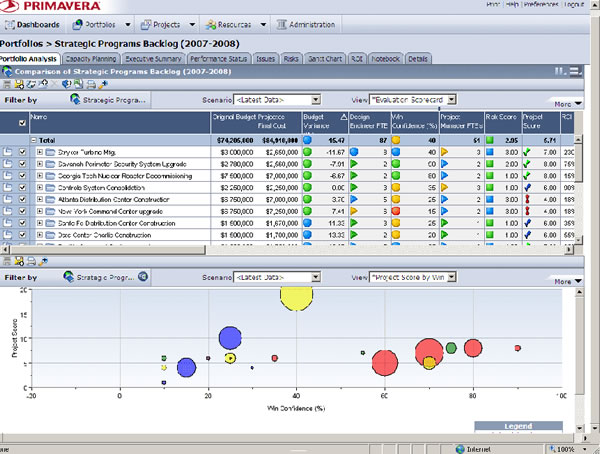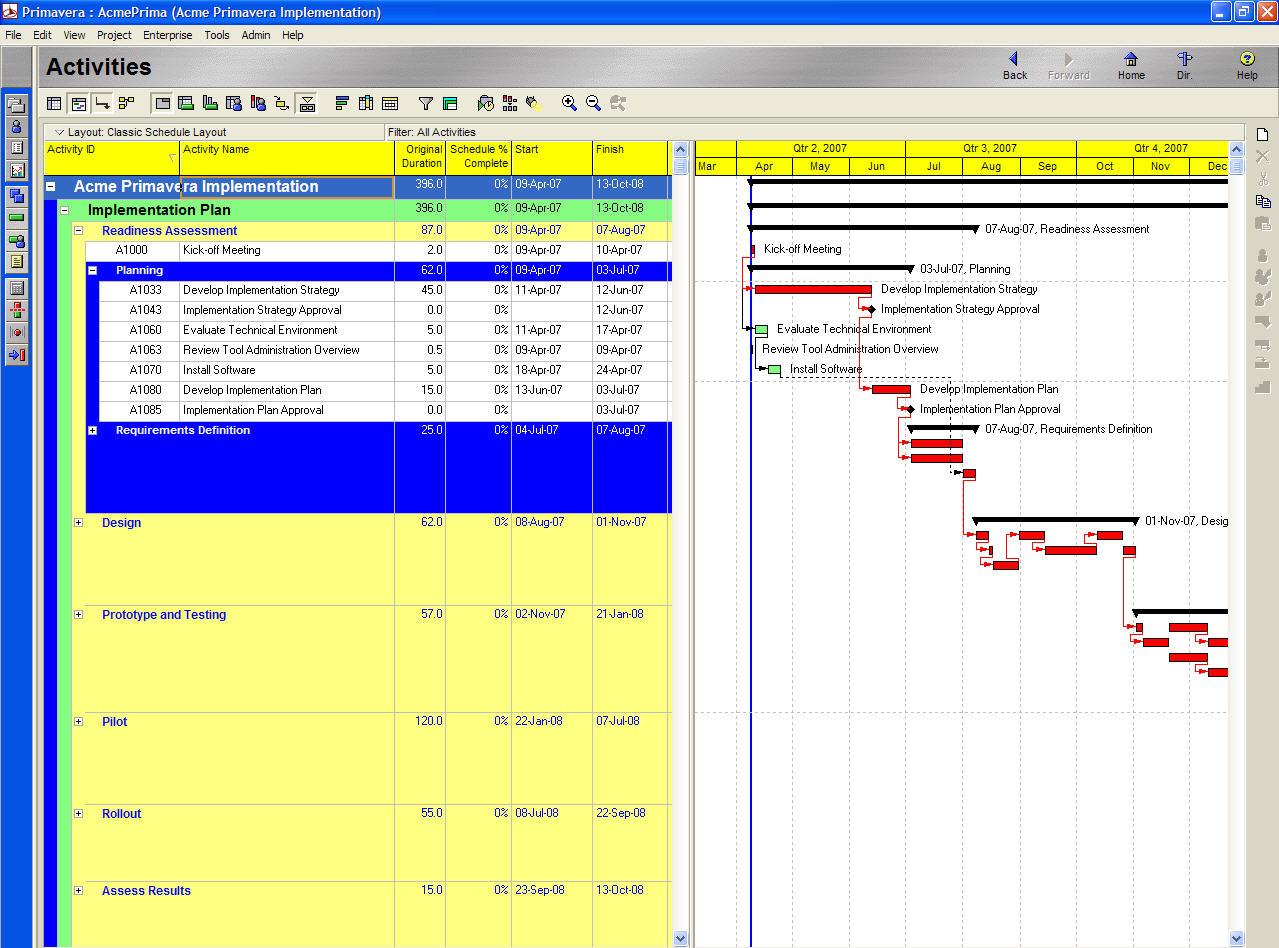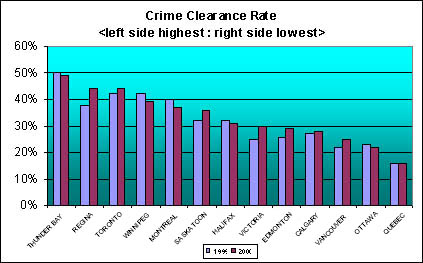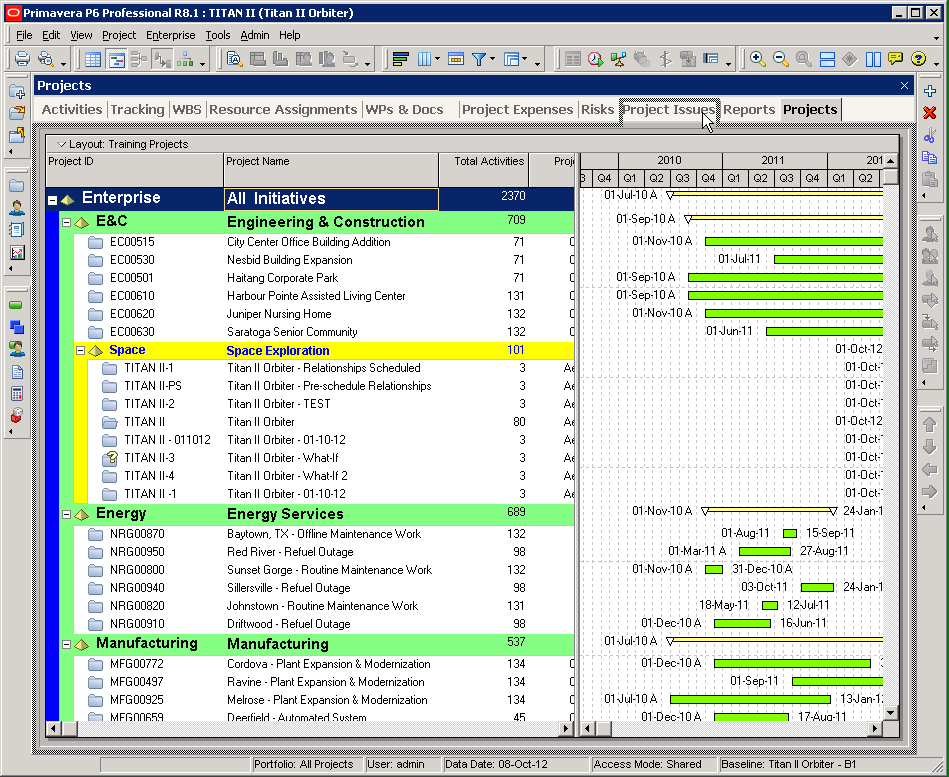Training is a very essential tool in any kind of resourceful work. If you do not train your employees in right way; there are more chances of work go wrong and can cause downfall to your organization. The presumed goal of training software project managers is to equip them with the knowledge and competencies that will help them to be successful in different domains regarding the domain of Software project management.
These will not guarantee success but make success more likely. Over the years, the notion of success has expanded greatly from simply meeting requirements, delivering on time and not exceeding the budget to include a plethora of other success criteria. In fact, what success is; often changes many times during the project. This and many other facets of software project management frustrate and perplex untrained software project managers since most enter into this role untrained.
This article presents what anecdotal and experimental evidence has shown software project managers need to know that can be conveyed via training programs. Today’s software project manager can also benefit from this information to overcome many of the misperceptions about nearly everything regarding software project management.
The need of the hour is managing adequate issues of software engineering projects that cannot be done without the use of software project management. The importance of adequate management is becoming more apparent with each passing day. Usually in organizations the project managers are not trained at all or are poorly trained. This article examines what we now know is needed to successfully manage software engineering projects and how education can help transfer this information.
Software project management represents a paradox within the software engineering community.
It has been described as being more vital to software project success than all other factors combined, yet there are still no conferences or journals devoted to this topic. In fact, international conferences on software engineering rarely list software project management as a topic in the call for papers topic list. Finally, we are slowly realizing what other knowledge work related professions have known for a long time – project managers are not born, they are made – through education. The problem is that there is no general agreement on what knowledge and skills a software project manager needs in order to be successful. In fact, we have yet to agree on just what success in software engineering is. This article examines what software engineering project managers need to know, what skills they must possess and how these may be acquired through education. The resources cited are not restricted to software engineering alone as there is a lack of research in this subject.
Before we move to the training part we need to know what software project managers actually do. The tasks they carry out are.
According to a very successful and renowned CEO Robert Townsend, the most skillful and capable person in a team should be made a manager. Because of his caliber of carrying out the underlying tasks and managing what needs to be done when.











